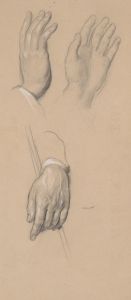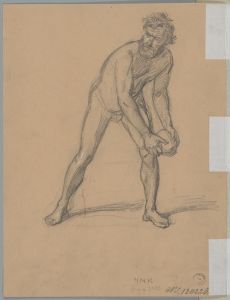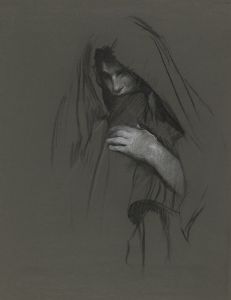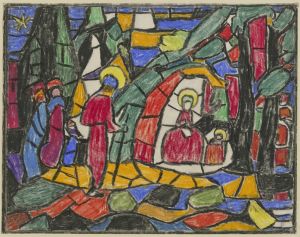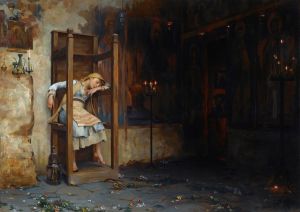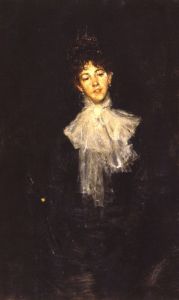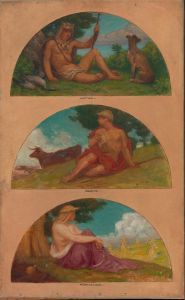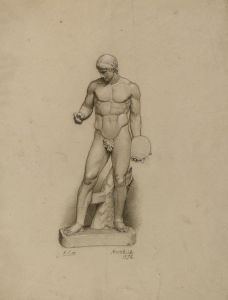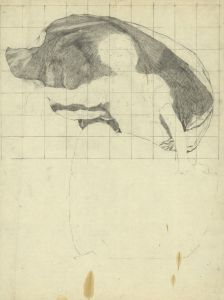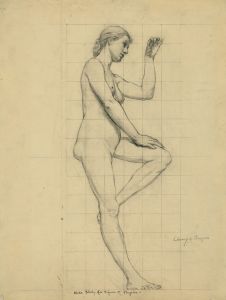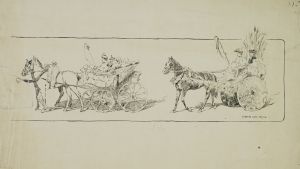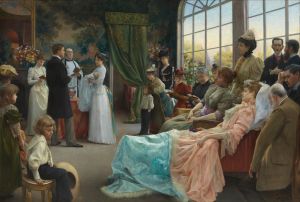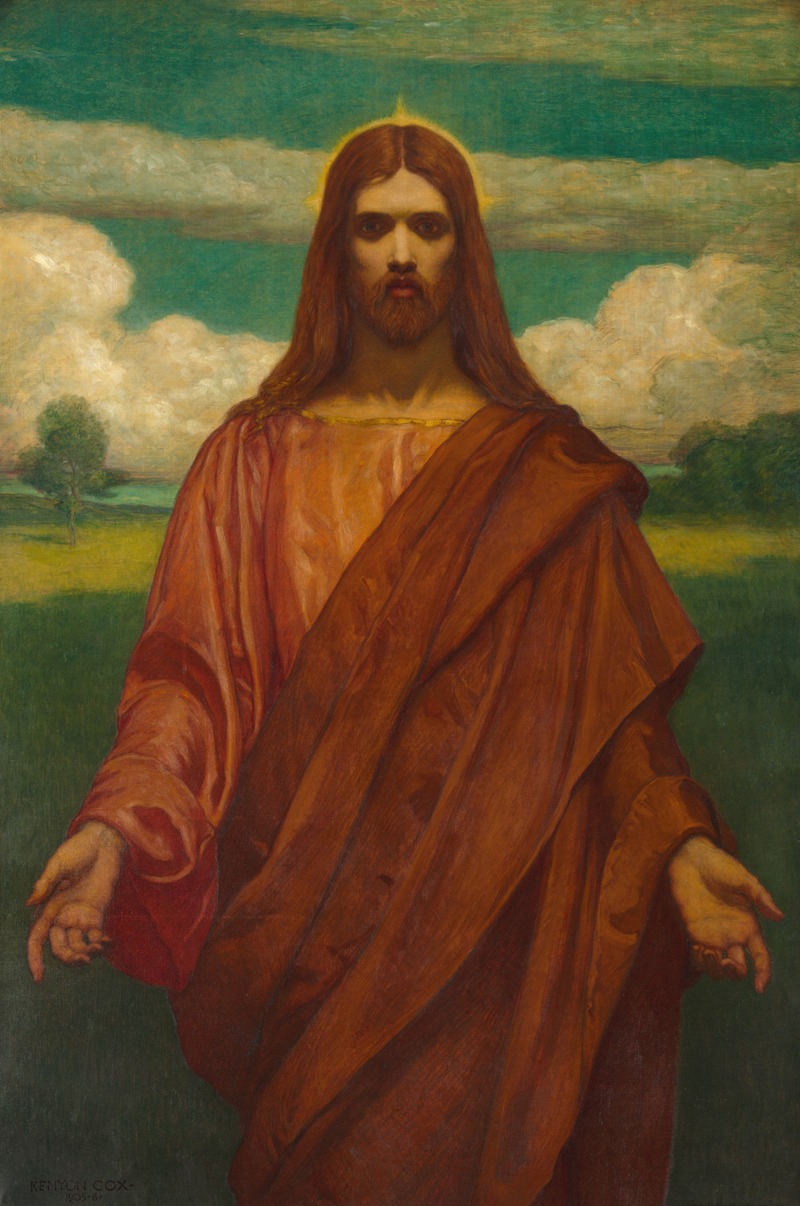
Christ
A hand-painted replica of Kenyon Cox’s masterpiece Christ, meticulously crafted by professional artists to capture the true essence of the original. Each piece is created with museum-quality canvas and rare mineral pigments, carefully painted by experienced artists with delicate brushstrokes and rich, layered colors to perfectly recreate the texture of the original artwork. Unlike machine-printed reproductions, this hand-painted version brings the painting to life, infused with the artist’s emotions and skill in every stroke. Whether for personal collection or home decoration, it instantly elevates the artistic atmosphere of any space.
Kenyon Cox was an American painter, illustrator, muralist, and writer, active in the late 19th and early 20th centuries. He was known for his classical style and his contributions to the American Renaissance movement. One of his notable works is the painting "Christ," which reflects his academic training and his interest in religious themes.
Kenyon Cox was born in 1856 in Warren, Ohio, and studied at the McMicken School of Design in Cincinnati before moving to Paris to further his education at the École des Beaux-Arts. Under the tutelage of renowned artists like Jean-Léon Gérôme, Cox developed a strong foundation in classical art techniques, which would heavily influence his later works.
The painting "Christ" by Kenyon Cox is an example of his ability to blend classical techniques with religious subject matter. While specific details about the painting's creation and current location are not widely documented, it is known that Cox often explored religious themes in his work, reflecting the broader cultural interest in spirituality and morality during his time.
Cox's depiction of Christ likely adheres to the traditional iconography associated with Christian art, focusing on the serene and compassionate aspects of Jesus. His classical training would have informed his approach to composition, anatomy, and the use of light and shadow, creating a work that is both technically proficient and emotionally resonant.
In addition to his work as a painter, Kenyon Cox was a prolific writer and critic. He wrote extensively on art theory and education, advocating for a return to classical principles and the importance of beauty in art. His writings provide valuable insights into his artistic philosophy and the cultural context in which he worked.
Cox's contributions to American art extend beyond his paintings. He was also a prominent muralist, completing significant commissions for public buildings, including state capitols and courthouses. His murals often depicted allegorical and historical themes, executed with the same classical precision evident in his easel paintings.
While "Christ" may not be as widely recognized as some of Cox's other works, it is representative of his broader oeuvre, which sought to harmonize classical art traditions with contemporary themes. His dedication to craftsmanship and his belief in the moral and educational power of art left a lasting impact on American art and art education.
Kenyon Cox passed away in 1919, but his legacy endures through his paintings, murals, and writings. His work continues to be studied and appreciated for its technical skill and its reflection of the cultural and artistic values of his time.





